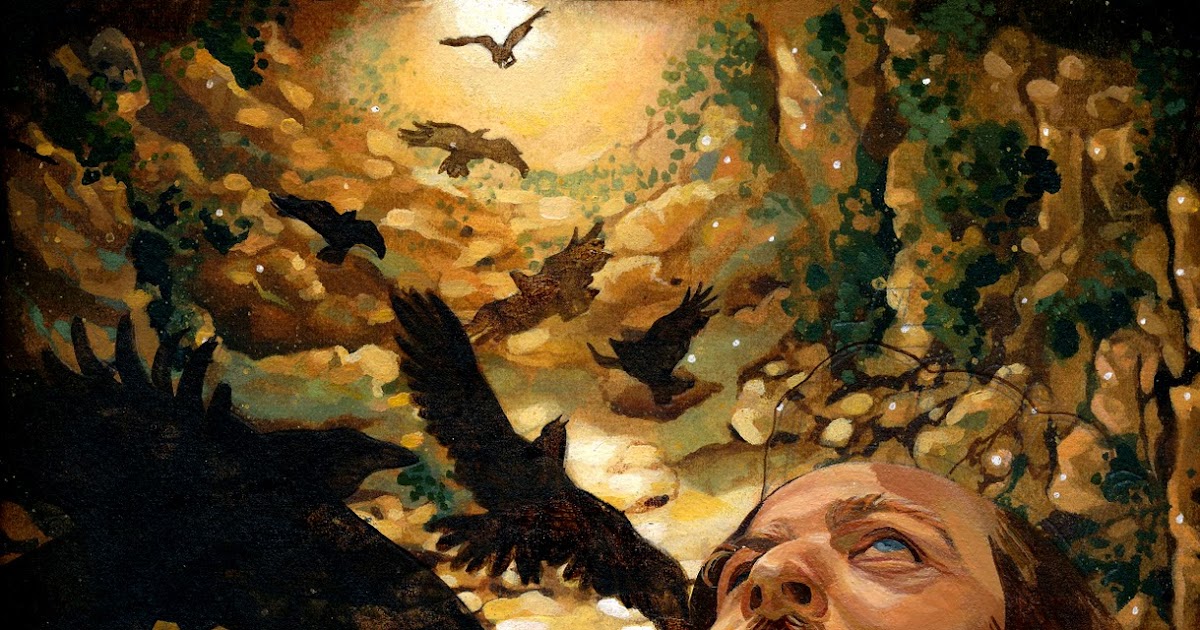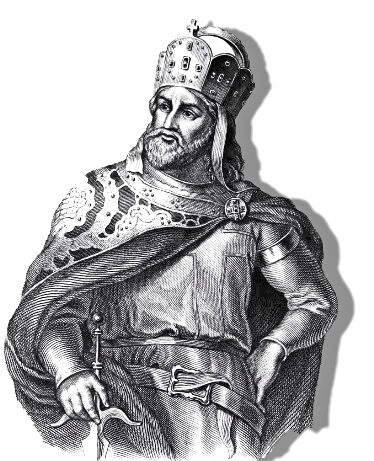

In February 1152, Conrad III died, and only Frederick Barbarossa and one of the prince-bishops were present at his deathbed. Frederick arrived back in Germany in April 1149.Įlections Aachen Cathedral, Germany, via WD.com In addition, the chronicler Gilbert of Mons, writing at the turn of the thirteenth century, when describing the Siege of Damascus, wrote that Frederick “prevailed in arms before all others in front of Damascus”. For a start, he was still alive, something which many of his contemporaries who had set out with him were not. However, just because the crusaders failed in their objective of retaking the Holy Land from the Muslims and for Christianity, it did not mean that Frederick himself had personally failed. Conrad and Frederick sailed from Acre on 8 September 1148, drawing the failed Second Crusade to a close. Staring defeat in the eyes, the crusaders left, and departed for home. The result was the Siege of Damascus, which lasted from 24–28 July 1148, and was another disastrous defeat for the crusaders.

This Council discussed what the best plan for the crusaders was, and they came to the conclusion that their best bet was to attack Damascus. Due to his experience in Conrad’s Hoftags, Frederick was invited to take part in the Council of Acre on 24 June 1148. 1240, via īoth Conrad and Frederick visited Jerusalem, and Frederick was impressed with the charitable work of the Knights Hospitaller. In March 1148, the Crusaders left Constantinople, and arrived in Acre on 11 April.Ĭonrad III, from the Cologne Kings’ Chronicle, c. Conrad fell ill at Christmas 1147, and, along with Frederick, returned to Constantinople to recover. Louis’ forces joined with Conrad’s, and the two crusading armies, French and German, marched towards the Holy Land together. 1137-80) to ask for help, and to inform him of the disaster at Dorylaeum. Conrad then decided to send Frederick ahead to King Louis VII of France ( r. In doing so, the rear guard of Conrad’s forces were annihilated. Conrad’s forces were defeated, and turned back. Later on the journey, Frederick had a lucky escape when flash flooding destroyed the majority of the crusader camp fortunately, he reached Constantinople the following day, on 9 September 1147.Ĭonrad III decided to lead the Crusader forces across Anatolia, but found this task too difficult, with a wave of Turkish attacks near Dorylaeum, which resulted in the Battle of Dorylaeum. He razed the monastery to the ground, captured and executed the robbers, and demanded a return of the stolen money.

Conrad ordered Frederick to avenge the crusader - and avenge he did. While he was recovering, he was robbed and murdered. In August 1147, when crossing Byzantium, a crusader who had fallen ill stopped at a monastery in Adrianople (modern-day Edirne in Turkey) to heal and recover from his illness. Please check your inbox to activate your subscription Thank you!Īlthough (for the crusaders) the Second Crusade was a disaster, Frederick Barbarossa distinguished himself as a keen military leader and adept politician. Just a few months later, Frederick set out on the Second Crusade with his uncle Conrad, the latter who had taken his crusading vows in December 1146. Upon his father’s death, Frederick Barbarossa inherited his duchy, and became Frederick III, Duke of Swabia. 1179-1191, accessed via Wellesley College The Second Crusade Frederick Barbarossa and his sons, Henry VI and Frederick VI, from the Chronic of the Guelphs, c. These Hoftags undoubtedly gave Frederick the vital experience he would need in his later life to become Holy Roman Emperor. It is reported that Frederick took part in at least four of these: Strasbourg (1141), Konstanz (1142), Ulm (1143), Würzburg (1144), and Worms (1145). 1138-52), invited him to take part in what was known as a Hoftag: an assembly convened by princes in the Holy Roman Empire. His uncle, King Conrad III of Germany ( r. However, this did not put him at a disadvantage when compared to his contemporaries, as he was still actively involved in politics. According to some sources, he learned to ride, hunt, and use weaponry, but he never learned how to read or write, and he could not speak Latin. He was born in December 1122, to Frederick II, Duke of Swabia, and Judith of Bavaria. Frederick Barbarossa’s Early Life Frederick Barbarossa, by Christian Siedentopf, 1847, via DW.comĪs with many key figures from the Middle Ages, very little is known about Frederick’s early life.


 0 kommentar(er)
0 kommentar(er)
